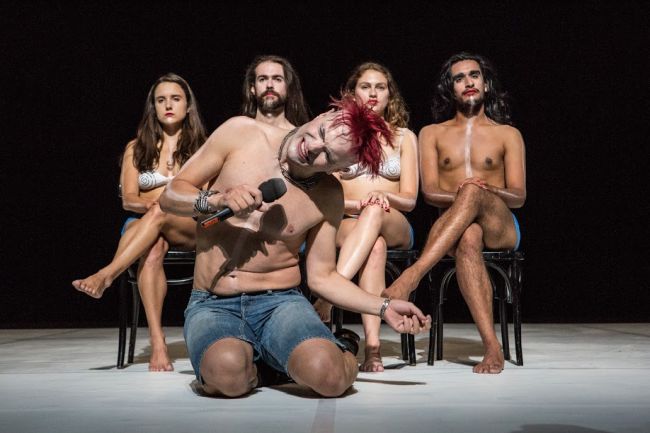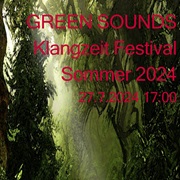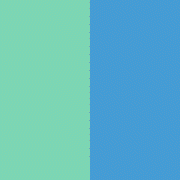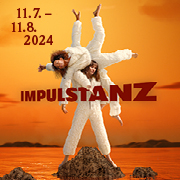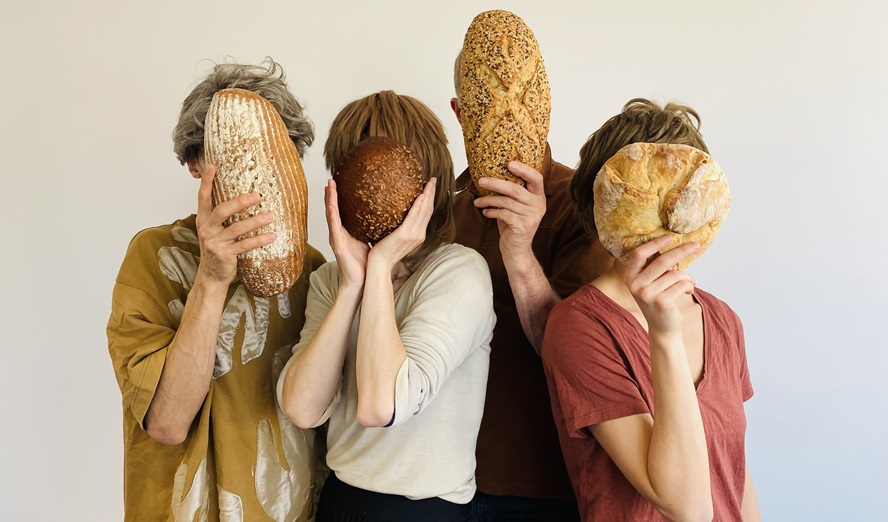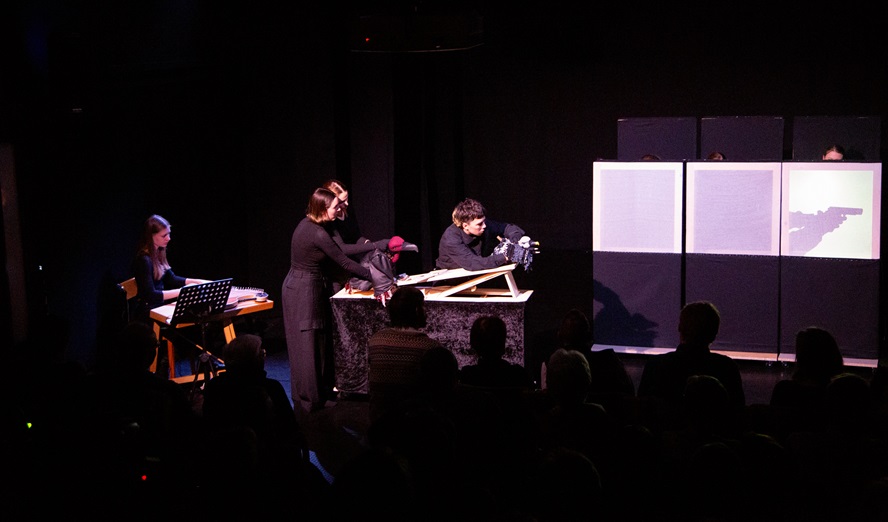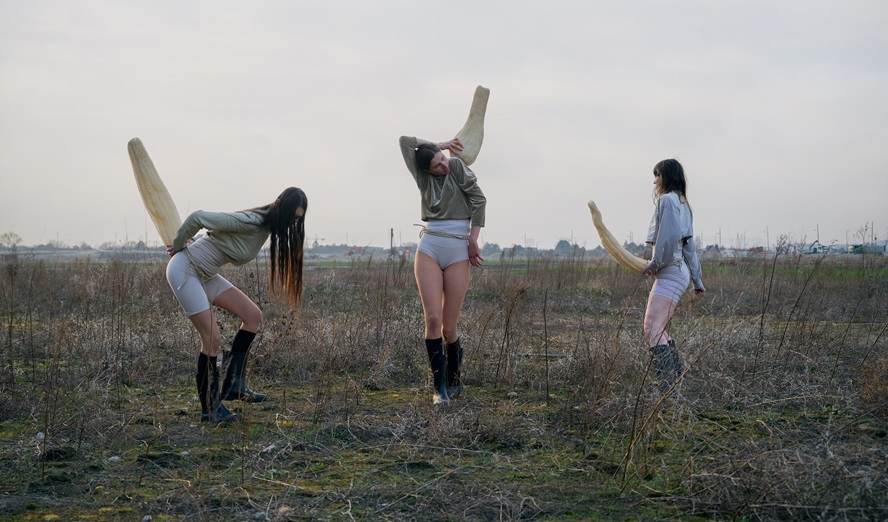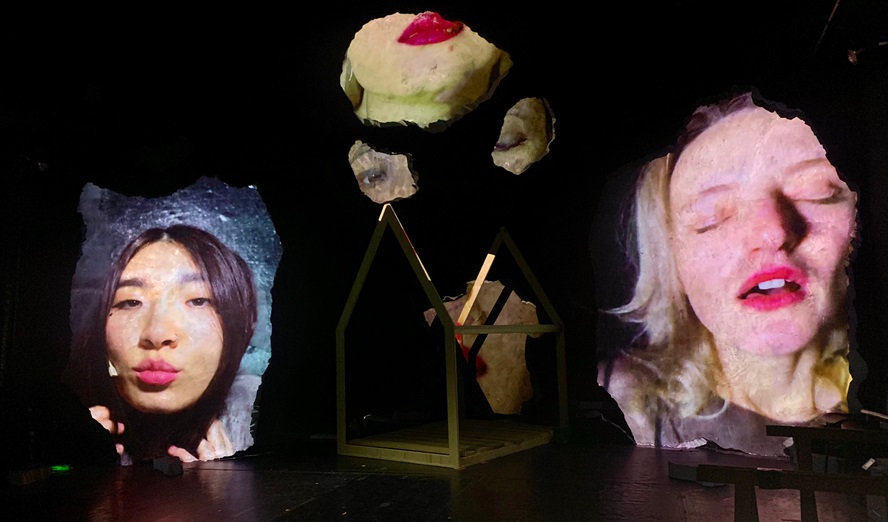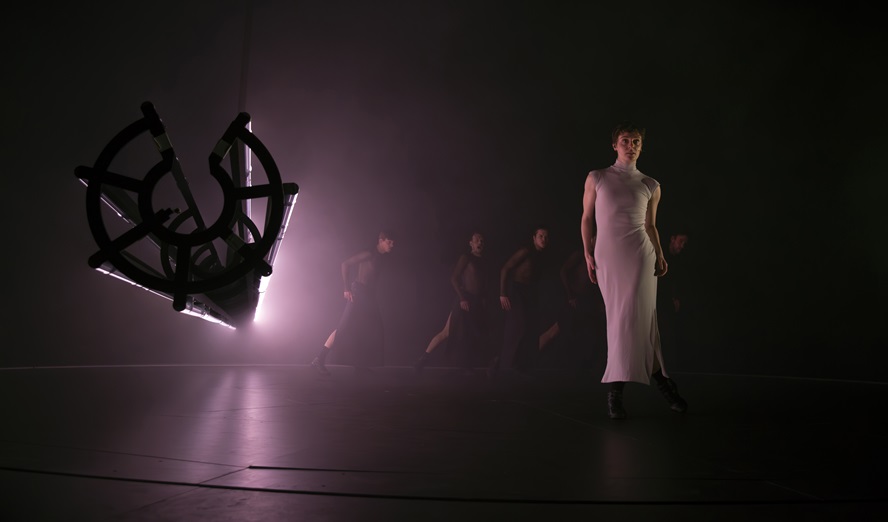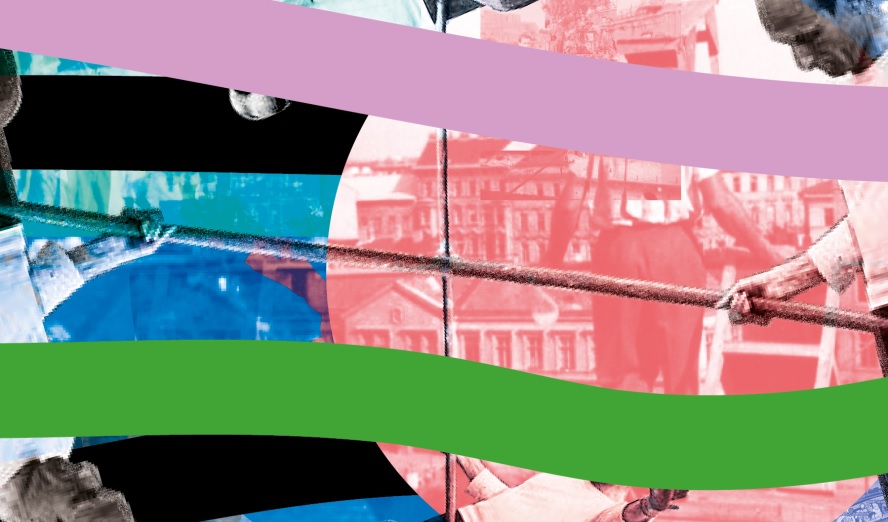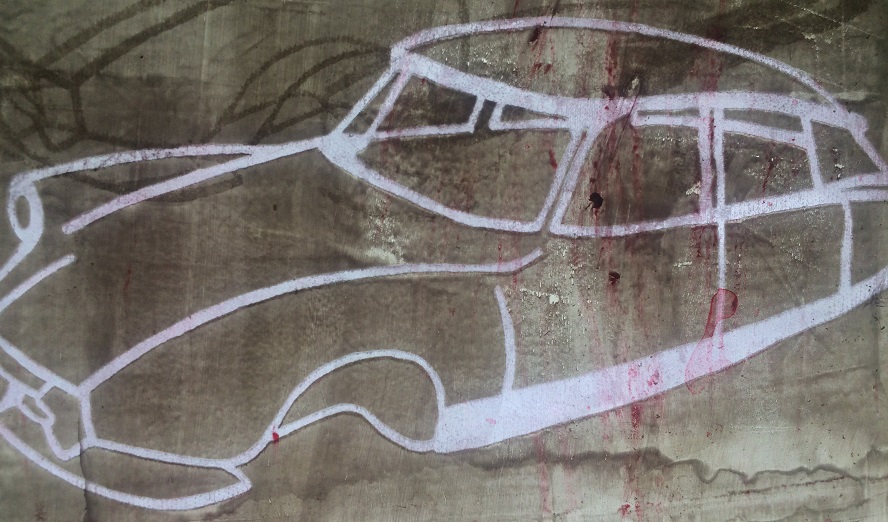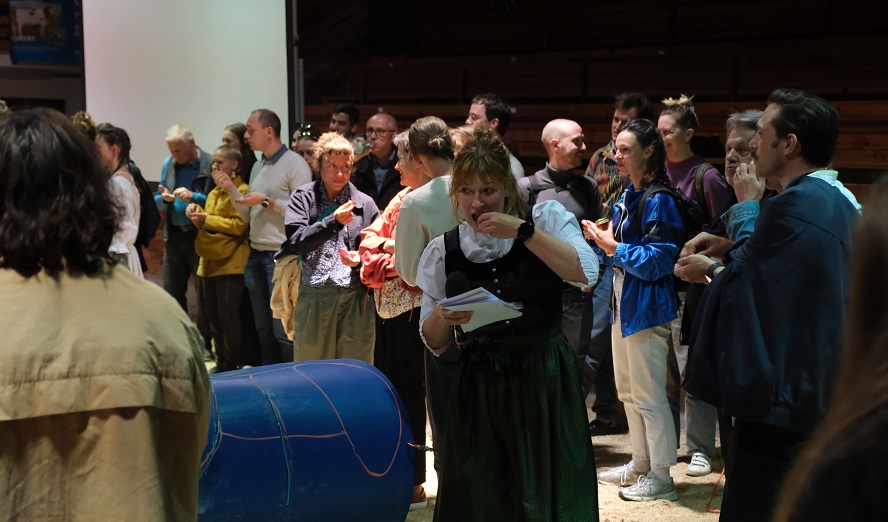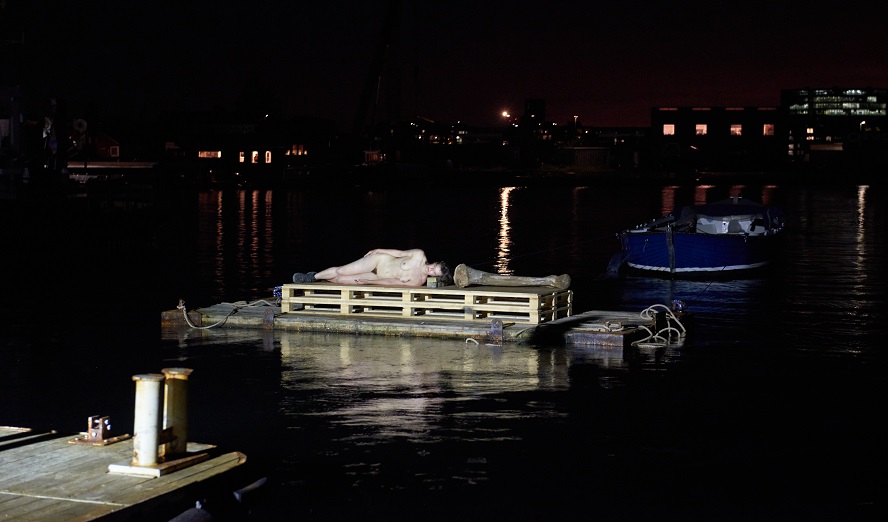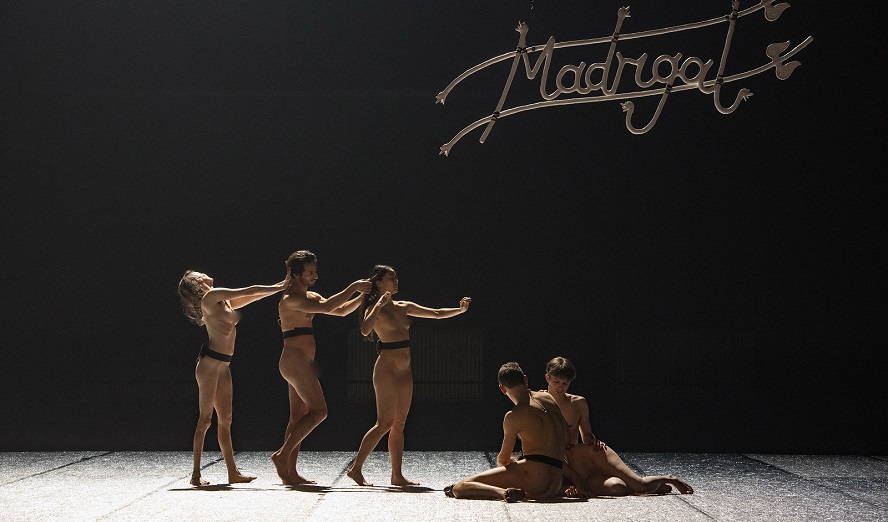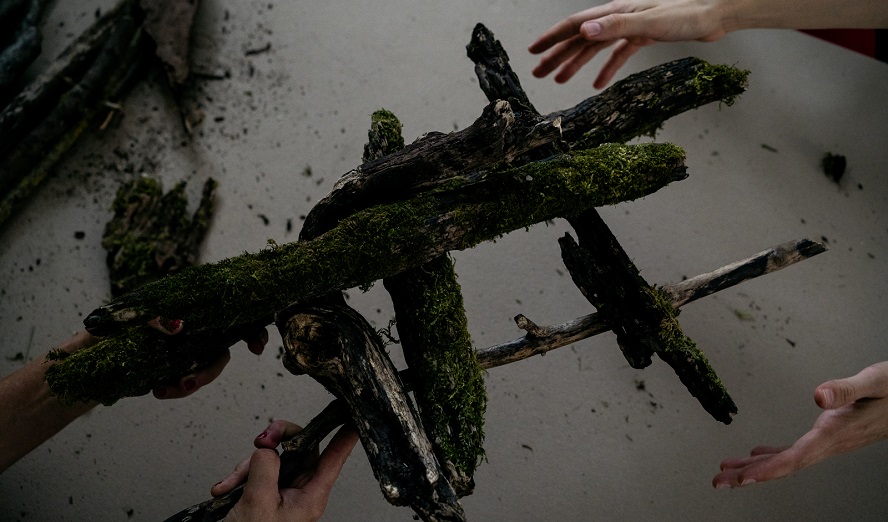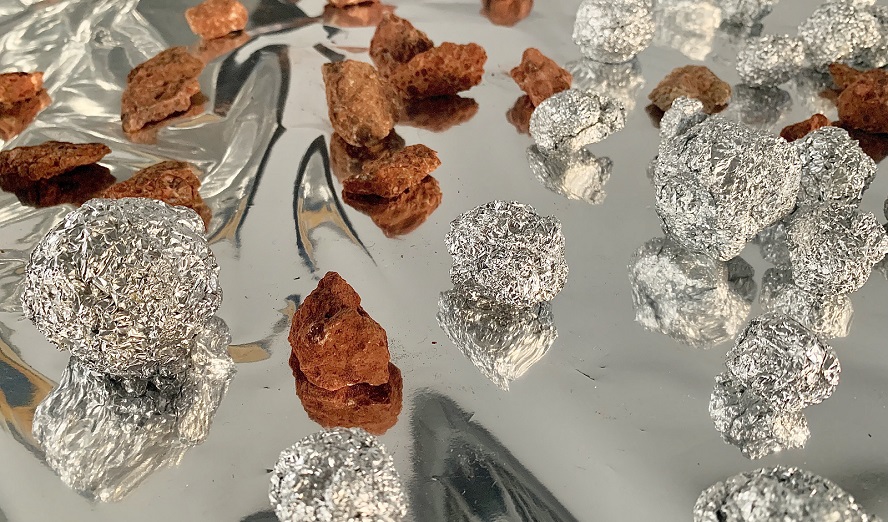Although he stated in an interview that he thinks romantic love is a primitive, discriminating state of love, his intimate songwriting is all about these fragile moments of travelling through the no-man’s-land of longing and loneliness … skug wanted to know: is it in the end all about healing?
skug: »I-cure« was your first official music video and it is a song from your so-called interactive healing performance »I-cure« from 2014 …
Ivo Dimchev: Yeah, but the music video has nothing to do with the show.
I know, but in retrospect, could you tell me something about that particular performance piece »I-cure«?
In this period, at that crossing point of my life, I was busy dealing with health topics, also my personal health issues. I realized how many clichés and patterns I have in my mind, in the way I think about health and healing. There are so many clichés about health, positivity, healing and curing. So how can I make a performance piece without being a slave to the conventions of how people think about it. What exactly is positive, what is the limit of positivity? Then I realized that there is no limit, that it is just a matter of perspective.
Are we limited by our perspectives on this topic?
Our perspectives probably serve pharmaceutical companies, or what we have learned from our parents, at school, in our society, from the media. I tried to shift this perspective in my performance. I tried to incorporate and examine things that probably belong to »the other side of health«.
At the beginning of your show »I-cure« you based the dramaturgy on well known images …
Those conventional images, like a waterfall, a beach or a fireplace, are things people usually use when they meditate. But then I start to incorporate images that don’t belong to our conventions of positivity and healing, like dirt or violence.
Why did you create a card as an interactive tool for the audience?
The card was the first thing that came to my mind. I wanted people to connect in a more direct, personal way with my expressions at this healing show, with everything that comes up on stage. I thought I have to find a channel for them to practice, to organise this energy. I thought it is important to shift their focus and priorities, not only to entertain them with a contemporary solo performance. We have a healing session. I wanted them to have a physical experience by holding the card and pressing different spots. This organises the perception of the audience. So they have choices and possibilities. If you want, you can play this game. But there were also many people who even felt uncomfortable and cheated.
Did you also test this tool yourself?
Yes, and I recognized that you start to judge a performance in a different way. For the sake of research I watched several performances with my I-cure card. My patterns, my critical judgments collapsed when I tried it myself. Things that I wouldn’t usually watch or that I consider to be bad worked better for healing purposes than things I found aesthetically pleasing. So, the aesthetic and the curing factor of a prop can be enemies and contradict each other.
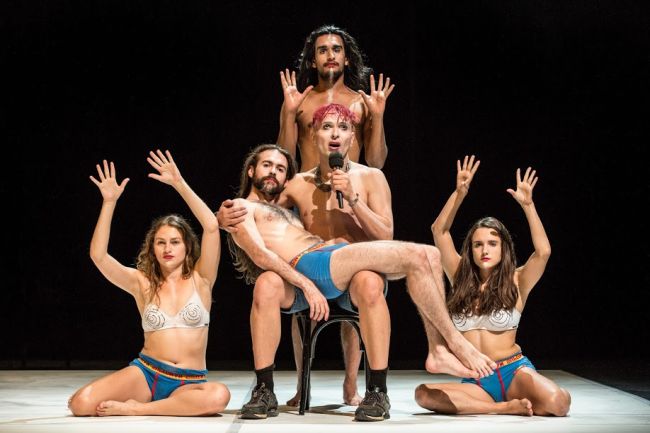
FOTO (from the album presentation show at Volkstheater) © Karolina Miernik
Dou you administer a kind of shock therapy?
You should watch the performance on a more primal energy level. The whole structure in my head of what is good, bad, beautiful or not beautiful collapsed, because I was trying to connect on a very primal energy level with the performer on stage. It was interesting to work on that. You can refine your perception of healing. You can learn how to cure yourself with very delicate but also violent and aggressive energy. It is all about transformation. It helped me to work on my taboos, and I am sure that whichever one I have, other people have it too, because I don’t have that many. But I think that if you are able to deal with this, you are a healthy person. If you are able to produce love in the presence of extreme violence, then you are a healthy person. So you are not in a healthy situation when you produce aggression, fear, disgust and violence yourself.
Last year you were mostly touring with concerts and your songs seem to strike a different chord. They are soothing, are they also healing?
In a very conventional way the songs are healing. People are so confused, so stressed. As for me, I am sometimes afraid. Usually I take myself and my audience out of a comfort zone with my work but if I need a place to rest, I can go there – to my songs. People are really thankful for them. They put their children to sleep with them. When people are sick, super stressed or sleepless, they listen to them. It is a nice gift to the people but I have this schizophrenia that makes me think it isn’t contemporary art: a song with five sentences and a cute, nice melody. I just discovered that I can write songs very easily. So I started writing songs. And I can’t stop, because I see how much it gives to people. Maybe much more than any clever, super wise contemporary piece I do to provoke.
Do you prefer going to concerts to watching performances?
I don’t go to concerts usually, I hate them.
Why do you always perform on a white floor?
The darkness of theatres, who decided that they had to be black? I always had a problem with this, it doesn’t feel right to me. Being surrounded by blackness is like having no environment. The white floor for me personally balances a situation on a visual level. It is more clean, connects everything, makes it neutral. It is good to have this neutrality. I don’t use many elements on stage but I want to make them important. Perhaps one day I will be a contemporary artist without using a white floor.
You often use costumes and wigs to disguise yourself …
A performative body is just an idea, it is like a molecule, it allows other elements to connect with it, so it becomes something much more complex. You can mix contexts, you allow them to crash into each other. The wig as a costume becomes a part of the body. If I don’t use a wig on stage, I create a very particular image. A bold, very expressive man on stage looks violent, it is a kind of archetype in the catalogue in our minds. So I need to break that by mixing it and subverting it. I help myself with additional elements, wigs soften my look somehow. You put a wig on and everything changes, it causes transformation. We think that we are one but we are not, we have the whole world inside. But how to access all these different territories, to allow yourself to be more transparent and fluid? As an artist it is my responsibility to not be stuck in one place, one position, one image, one message.
pausing and laughing:
I think Lady Gaga says the same … But that could also be a question: Why are you afraid to be one thing, one image? I am nobody, nothing, life by itself, a presentation of life, it’s different changes coming and going.
https://www.youtube.com/watch?v=U9T7ficcRtY
https://www.youtube.com/watch?v=xePuPGheqqk
https://www.youtube.com/watch?v=bMiq0v616yI
